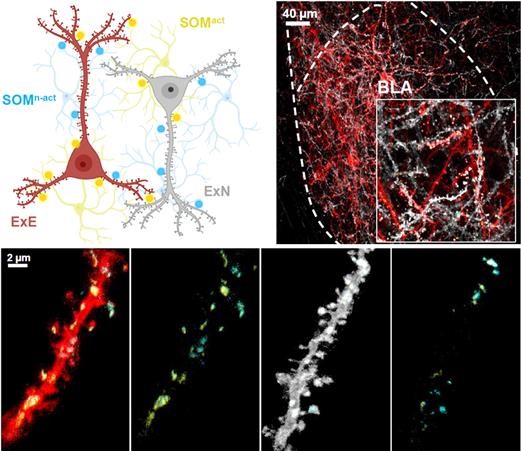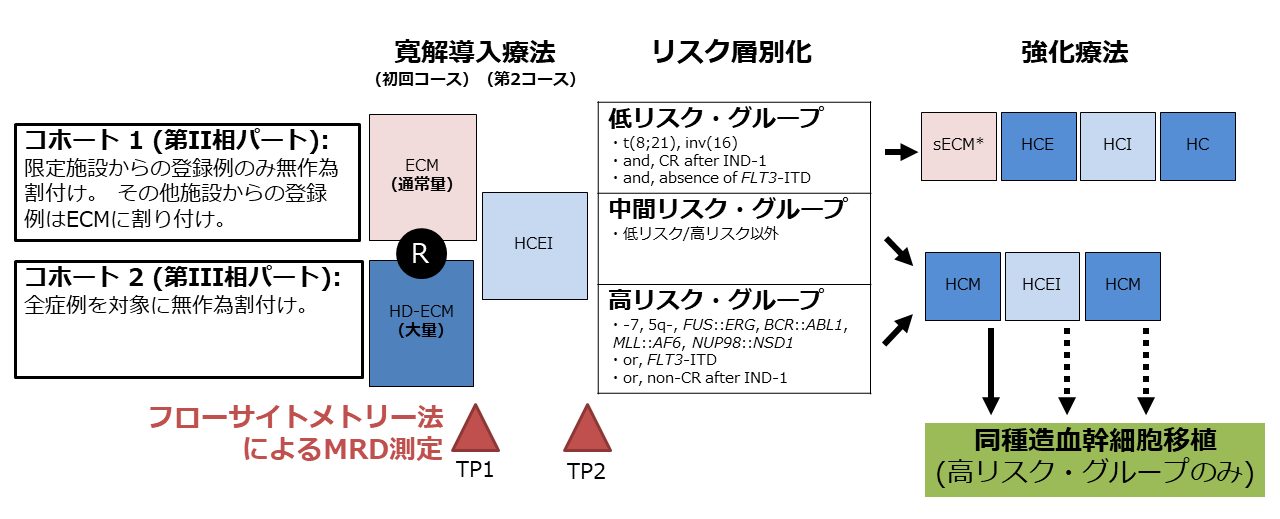2023-11-09 韓国基礎科学研究院(IBS)

Figure 1. Labeling of intraregional synapses using LCD-eGRASP in the basolateral amygdala (BLA). Engram cells (Red), Non-engram cells (White), synapses from activated inhibitory interneurons (yellow), and synapses from non-activated inhibitory interneurons (cyan).
◆記憶の理解を拡大するため、KAANG Bong-Kiun(ソウル国立大学基礎科学研究所)率いる研究チームは、特定の脳領域内の神経回路のシナプスをラベル付けできる技術であるLCD-eGRASP(ローカル回路デュアル-eGRASP)を開発した。研究チームは、この新しい技術を使用して、抑制性インターニューロンとエングラム細胞の局所的なシナプス接続を特定し、抑制性インターニューロンの記憶表現における役割を明らかにした。
<関連情報>
- https://www.ibs.re.kr/cop/bbs/BBSMSTR_000000000738/selectBoardArticle.do
- https://www.cell.com/neuron/pdf/S0896-6273(23)00769-9.pdf
活性化した抑制性介在ニューロンが記憶の微小回路を組織化する Activated somatostatin interneurons orchestrate memory microcircuits
TaeHyun Kim,Dong Il Choi,Ja Eun Choi,Hoonwon Lee,Hyunsu Jung,Jooyoung Kim,Yongmin Sung,HyoJin Park,Min Jung Kim,Dae Hee Han,Seung-Hee Lee,Bong-Kiun Kaang
Neuron
Highlights
•LCD-eGRASP enables intraregional synaptic labeling between two different cell types
•Activated SOM (SOMact) has stronger synaptic connection with excitatory engram neurons
•Fear memory retrieval decreases SOMact excitability
•Inhibition of SOMact promotes fear-related behaviors in mice
Summary
Despite recent advancements in identifying engram cells, our understanding of their regulatory and functional mechanisms remains in its infancy. To provide mechanistic insight into engram cell functioning, we introduced a novel local microcircuit labeling technique that enables the labeling of intraregional synaptic connections. Utilizing this approach, we discovered a unique population of somatostatin (SOM) interneurons in the mouse basolateral amygdala (BLA). These neurons are activated during fear memory formation and exhibit a preference for forming synapses with excitatory engram neurons. Post-activation, these SOM neurons displayed varying excitability based on fear memory retrieval. Furthermore, when we modulated these SOM neurons chemogenetically, we observed changes in the expression of fear-related behaviors, both in a fear-associated context and in a novel setting. Our findings suggest that these activated SOM interneurons play a pivotal role in modulating engram cell activity. They influence the expression of fear-related behaviors through a mechanism that is dependent on memory cues.


